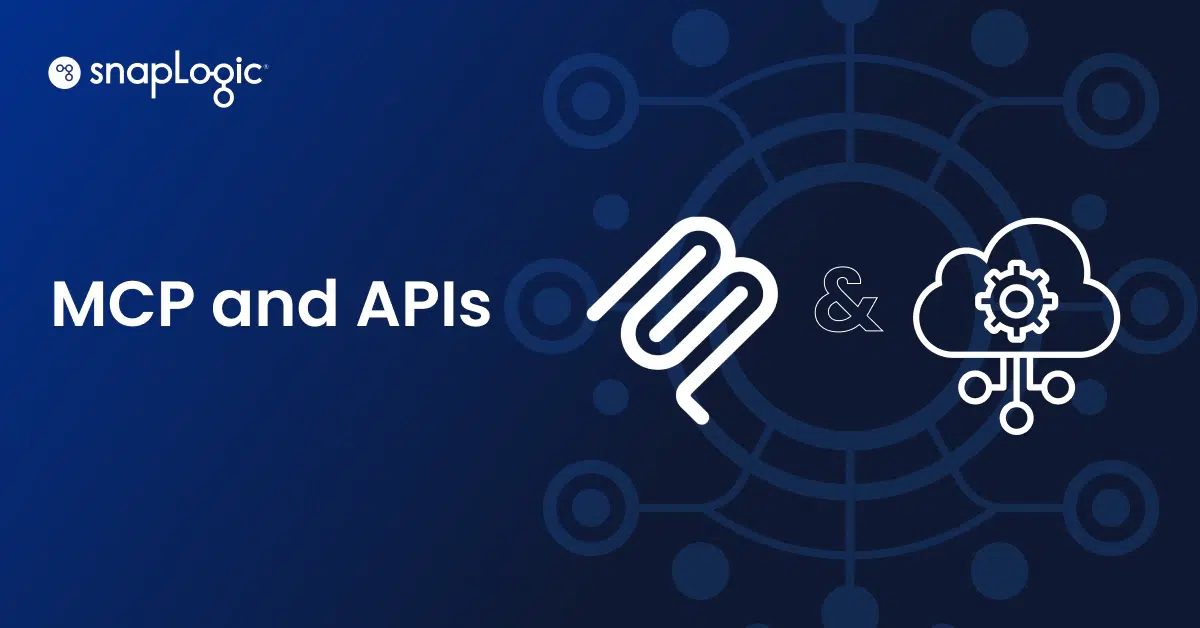While surfing the web, many of us see advertising content that’s based on our browsing history. We come across this content – targeted specifically to us – in sidebars and banners of a variety of web pages that we land on. Sometimes it’s welcomed and at other times it’s a little creepy.
You know the drill. You spend an evening shopping for some items or a service that you thought you needed, such as electronics, clothing, a lower mortgage rate, or even a weekend vacation package to a warmer (or colder) destination. The very next day, some of the public Internet pages for your news feeds or social media start broadcasting ads to you from the various companies you were browsing online the night before.
This is a result of the digital ecosystems in which we’re all participating. Data engines behind the scenes are processing our online shopping habits, doing some analysis, and then acting on the data with digital updates and feeds to the various digital channels that we frequent. The goal is to influence our decisions based on our browsing habits. Think of it as collecting raw data about your digital footprint, tagging it with metadata, analyzing the data, and then producing actionable data that drives outcomes.
APIs make that possible. APIs give digital business initiatives access to systems that have customer profiles and provide the ability to retrieve web logs associated with them and other related systems. The integration of all the data and associated analysis becomes easier when you have exposed the APIs to integrators who seek specific data to help with their agile digital business initiatives. The actionable data then gets routed through digital channels to target your online profile.
These data-driven outcomes have become increasingly popular now that data is available to almost anyone from almost anywhere. But these outcomes aren’t that easy to obtain. There’s a certain cost associated with every step of the process. Consider the cost to extract the data, the cost to store it, the cost to process it, and the cost to distribute it to the right people at the right time.
Having access to data faster and in the right form is an extremely important outcome of API integration. APIs connect key data sources and targets together so that data can get from one point to another as fast as possible, either triggered or in real-time.
Five API integration features crucial to a digital business plan
Here are some critical features of API integration that will help any digital business gain an advantage in getting and maintaining the attention of prospects and customers, while also saving on the time and cost to do the integration:
- Being able to connect to APIs without manual coding – Prevents errors and reduces the need to have in-house programming skills
- Retrieving and processing only the specific API data necessary to achieve a particular outcome – Reduces overhead and complexity
- Being able to reuse the connector, once connected to an API, within and across departments – Helps maintain consistency and reduces overhead
- Having a one-to-many API data flow as well as having a many-to-many API “composite” data flow – Provides flexibility and efficiency
- Executing any API call at the location closest to the data source – Provides more efficient processing with less networking overhead
These features are great and could be considered “table stakes” for most enterprises that want to achieve agility and get their digital business to market faster. The key point is to constantly seek ways to modularize and limit manual interaction that restricts the portability of the API integration that is developed.
The right API integration foundation
To take it a step further, consider your API integration as the foundation for a much richer set of services for your digital business. Getting the foundation right has lasting benefits for ease of use for downstream initiatives.
Something to consider – once your integration foundation is set up and working the way you want, you can create a portal for your developers to access the API integration logic that is always up to date. This API portal can be configured as a dynamically updated connection to the data sources that they need. You could then monitor and even throttle the consumption of the APIs that you manage. The data flowing from these associated connections could be treated as a commodity that, in some cases, you would want to monetize.
As an example, a merchandiser might want to pay for the streaming analytics about consumer behavior and the resulting best products or services to position during a customer journey. Your digital business could be the one that provides that data or the one that could be consuming it through APIs.
One last point about API integration strategies – you don’t want to get stuck with API integrations that work like glue. In some cases, it’s like super glue. They don’t become easily unbound for changing environments and require a lot of maintenance when they do change. It’s the coding that could get you stuck. Our strategy at SnapLogic is more like velcro. You can stick and unstick your connections more easily with a “Click. Not code.” approach. For more information about API creation and management at SnapLogic, read more here.












